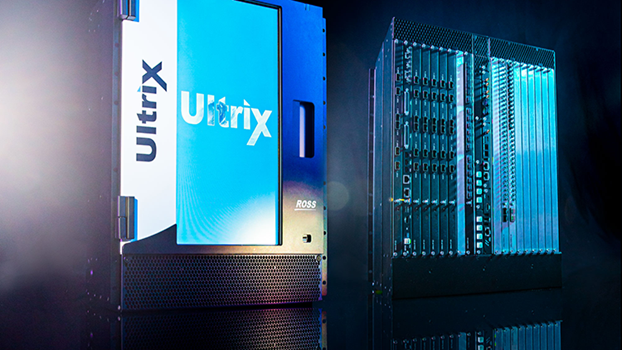The Changing Signal Transport Landscape Can Create Confusion, but Help Has Arrived
A new white paper examines the options and puts different protocols and standards into perspective

How’s this for irony? If there is one thing that’s constant in television technology, it’s that nothing remains static.
So, today’s mixed signal transport environment should be nothing new for seasoned video professionals. Whether it’s transport or any other aspect of television technology, things constantly change. That could be film to video, analog to digital, SD to HD, standard dynamic range to high dynamic range—the list goes on and on.
Those responsible for technology and those who control the purse strings in the Media & Entertainment Industry have learned to live with and thrive in this environment of change.
When it comes to signal transport—inside a facility, from the field to a facility, between facilities on a campus or even across facilities separated by many miles—the latest changes have spawned an abundance of options.
While established solutions for these applications, ranging from Serial Digital Interface (SDI) to point-to-point microwave and satellite transmission, are still relevant, the emergence of Internet Protocol (IP) transport is leaving its mark.
Today, protocols like SMPTE ST 2110, Network Device Interface (NDI) and Internet Protocol Media Experience (IPMX) offer additional ways to move signals around facilities and enhance workflows. Frequently those responsible for SDI-based facilities are looking at ways to add these transport options to enhance workflows and derive other benefits.
From the field, contribution leveraging IP protocols like Reliable Internet Stream Transport (RIST), Secure Reliable Transport (SRT) and others makes it possible to move IP packets to facilities over wireless and wireline networks. These same protocols also offer an efficient way to transport content between buildings on a campus, to remote studios and even to the cloud.
The professional video industry's #1 source for news, trends and product and tech information. Sign up below.
Add to these IP protocols continued development of SDI to address, for instance, the greater bandwidth demands of higher resolution video formats (i.e. 4K and 8K Ultra HD) as well as HDR and the sheer number of protocols and formats engineers and managers must consider can seem overwhelming.
To assist media professionals, Ross Video has published a new white paper, “The Ins & Outs of Today’s Signal Transport.”
It presents in an understandable way the strengths and limitations of many of the most popular signal transport options available today. Readers will find an informative discussion of the fundamentals of these options, different use cases, the pros and cons of each and a look into where signal transport is headed.
Written with a full understanding that many M&E businesses will be working in a hybrid signal transport environment for the foreseeable future, the white paper brings an objective perspective to an examination of how different signal transport options can be added to existing infrastructure to enhance today’s media workflows while positioning organizations for the future.
The white paper also includes handy charts that give readers an at-a-glance understanding of the key characteristics of different transport options.
Click here now to download the white paper.
